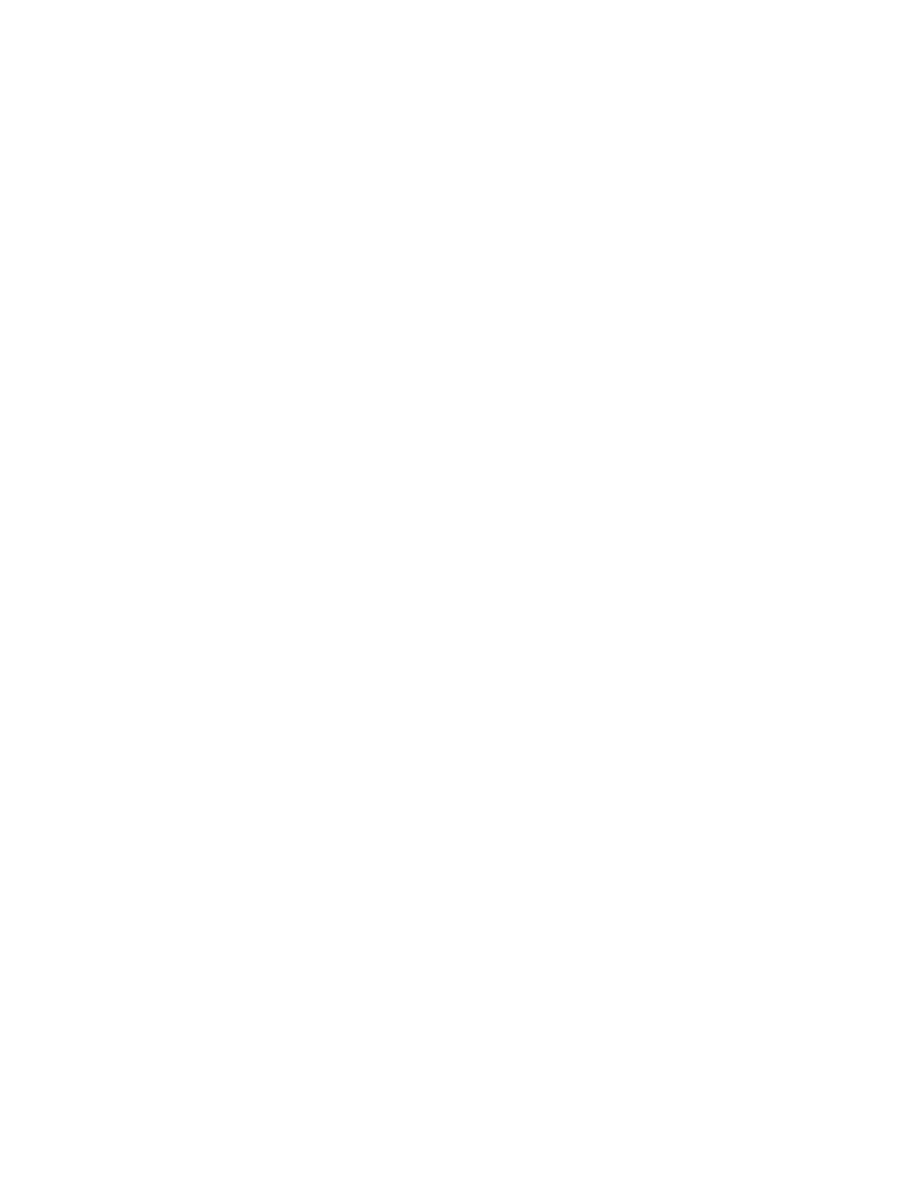
650
14 CFR Ch. I (1–1–14 Edition)
§ 27.399
any angle within 20 degrees of the
plane of motion of the control.
(2) Twist controls, 80R inch-pounds.
[Amdt. 27–11, 41 FR 55469, Dec. 20, 1976, as
amended by Amdt. 27–40, 66 FR 23538, May 9,
2001]
§ 27.399
Dual control system.
Each dual primary flight control sys-
tem must be designed to withstand the
loads that result when pilot forces of
0.75 times those obtained under § 27.395
are applied—
(a) In opposition; and
(b) In the same direction.
§ 27.411
Ground clearance: tail rotor
guard.
(a) It must be impossible for the tail
rotor to contact the landing surface
during a normal landing.
(b) If a tail rotor guard is required to
show compliance with paragraph (a) of
this section—
(1) Suitable design loads must be es-
tablished for the guard; and
(2) The guard and its supporting
structure must be designed to with-
stand those loads.
§ 27.427
Unsymmetrical loads.
(a) Horizontal tail surfaces and their
supporting structure must be designed
for unsymmetrical loads arising from
yawing and rotor wake effects in com-
bination with the prescribed flight con-
ditions.
(b) To meet the design criteria of
paragraph (a) of this section, in the ab-
sence of more rational data, both of the
following must be met:
(1) One hundred percent of the max-
imum loading from the symmetrical
flight conditions acts on the surface on
one side of the plane of symmetry, and
no loading acts on the other side.
(2) Fifty percent of the maximum
loading from the symmetrical flight
conditions acts on the surface on each
side of the plane of symmetry but in
opposite directions.
(c) For empennage arrangements
where the horizontal tail surfaces are
supported by the vertical tail surfaces,
the vertical tail surfaces and sup-
porting structure must be designed for
the combined vertical and horizontal
surface loads resulting from each pre-
scribed flight condition, considered
separately. The flight conditions must
be selected so the maximum design
loads are obtained on each surface. In
the absence of more rational data, the
unsymmetrical horizontal tail surface
loading distributions described in this
section must be assumed.
[Admt. 27–26, 55 FR 7999, Mar. 6, 1990, as
amended by Amdt. 27–27, 55 FR 38966, Sept.
21, 1990]
G
ROUND
L
OADS
§ 27.471
General.
(a)
Loads and equilibrium. For limit
ground loads—
(1) The limit ground loads obtained
in the landing conditions in this part
must be considered to be external loads
that would occur in the rotorcraft
structure if it were acting as a rigid
body; and
(2) In each specified landing condi-
tion, the external loads must be placed
in equilibrium with linear and angular
inertia loads in a rational or conserv-
ative manner.
(b)
Critical centers of gravity. The crit-
ical centers of gravity within the range
for which certification is requested
must be selected so that the maximum
design loads are obtained in each land-
ing gear element.
§ 27.473
Ground loading conditions
and assumptions.
(a) For specified landing conditions,
a design maximum weight must be
used that is not less than the max-
imum weight. A rotor lift may be as-
sumed to act through the center of
gravity throughout the landing impact.
This lift may not exceed two-thirds of
the design maximum weight.
(b) Unless otherwise prescribed, for
each specified landing condition, the
rotorcraft must be designed for a limit
load factor of not less than the limit
inertia load factor substantiated under
§ 27.725.
[Amdt. 27–2, 33 FR 963, Jan. 26, 1968]
§ 27.475
Tires and shock absorbers.
Unless otherwise prescribed, for each
specified landing condition, the tires
must be assumed to be in their static
position and the shock absorbers to be
in their most critical position.
VerDate Mar<15>2010
10:12 Mar 18, 2014
Jkt 232046
PO 00000
Frm 00660
Fmt 8010
Sfmt 8010
Y:\SGML\232046.XXX
232046
pmangrum on DSK3VPTVN1PROD with CFR